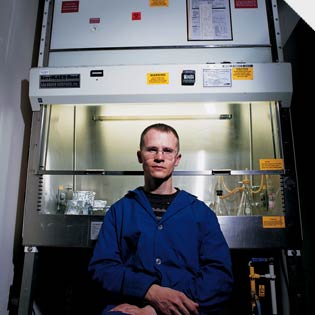

Science has come a long way in the last century. Advances in communication, changes in who funds scientific research and how, and who actually conducts the research have all changed the scientific community. Shifts in views and an increasing acceptance of people from various cultures and demographics have also propelled science into a new era.
In most cases, science is no longer misused to reinforce racial or gender stereotypes or otherwise support social injustice. Although by no means an exhaustive list, here are 10 examples illustrating how science has changed, for better or worse.
What do you think are the most significant changes — good and bad — that have taken place?















